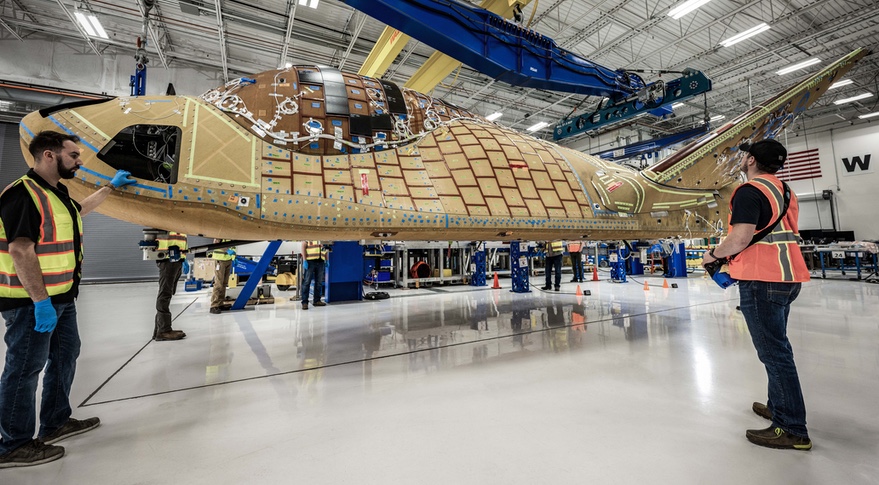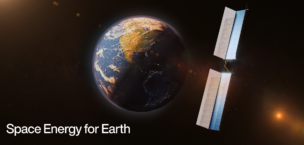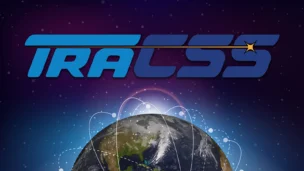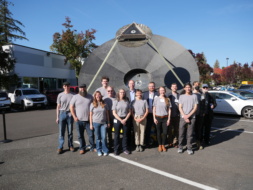Sierra Space announced on Tuesday that it will begin its own astronaut training program, led by Janet Kavandi, the company’s president and a retired NASA astronaut.
As Sierra edges closer to the debut flight of Dream Chaser and, later on, the buildout of Orbital Reef, it’s thinking in advance about future LEO staffing needs.
- Dream Chaser = the company’s spaceplane
- Orbital Reef = a planned private space station from Blue Origin, Sierra Space, and their partners
The program: The company plans to get going pretty quickly, selecting its first class in 2023, beginning training in 2024, and graduating a cohort by 2026.
- Sierra Space will release more info as it begins selecting a class. Details for now are sparse.
- The application process will probably look similar to NASA astronaut selection, with tens of thousands of applicants being whittled down to a handful of elite rookies.
- Sierra “will be taking at least some people from within the company to help us staff on-orbit destinations,” Kavandi said in a Q&A on Sierra’s blog, and has been informing new hires of this for a while now. Trips to LEO…not the worst company perk.
Break it down…Kavandi explains that three different types of astronauts will be trained to work aboard Orbital Reef:
- Professional astronauts, the full-time station professionals who would work similarly to the NASA program we know and love. These astronauts would train for a year and a half to learn the ins and outs of the station and how to keep it up and running.
- Specialist astronauts, who Kavandi envisions as experts in another field, such as researchers who will perform highly sensitive experiments in microgravity. These astronauts would train for 3-6 months and lease space aboard Orbital Reef.
- Experiential astronauts, who are what NASA calls “spaceflight participants,” and the rest of us might call space tourists. They would undergo safety training and have a minimal support role aboard the station.
But first…Dream Chaser, the highly anticipated reusable vehicle, has a debut flight planned for early 2023. The company has assembled its prototype, which should be shipped to NASA’s Neil Armstrong Test Facility in Ohio in August or September to begin thermal vacuum testing.
The spaceplane was developed with NASA funding to deliver cargo to the ISS. The crewed version of Dream Chaser is being funded out-of-pocket by Sierra, and the company is hoping to have it ready to go by 2026.




